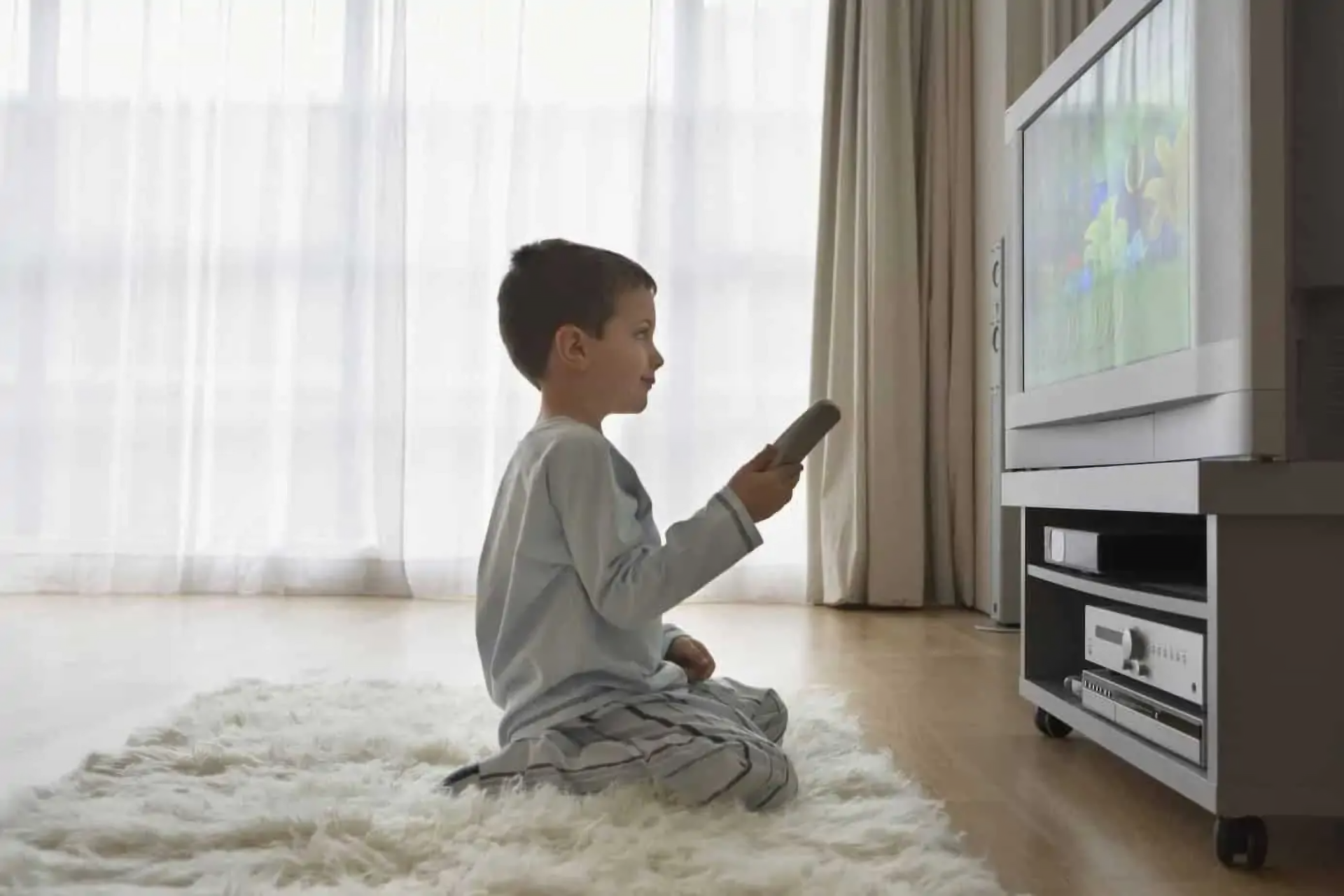Explore Our Blog
Parenting & Child Development – Part 3: Screen Time Struggles: Setting Healthy Tech Boundaries
Advance Minds Blog
A safe space to explore subjects within the community such as mental health, substance abuse and personal identity.
Our safe space also provides the opportunity for real individuals to express their hardships and success through writing.
Screens are part of modern life — but managing them doesn’t have to mean constant battles.
The goal isn’t zero screen time; it’s mindful screen use that works for your family.
📱 Why Screen Time Feels So Hard to Manage
Screens are designed to be engaging — for both kids and adults.
But when screen time becomes excessive or replaces sleep, social time, or movement, it can affect mood, behavior, and development.
The challenge isn’t just the screen itself — it’s what it displaces.
🧭 What Healthy Screen Use Looks Like
Every family is different, but some guiding principles apply to most homes.
✔️ Aim for balance:
- Prioritize sleep, play, and family time first
- Use screens as tools, not babysitters
- Choose content that sparks learning or joy
- Co-view or co-play when possible
It’s not just about how long — but how, when, and why screens are used.
🧠 Understand the Root of Screen Resistance
Kids often resist screen limits not out of defiance, but because screens offer:
- Predictable comfort
- Instant rewards
- Escape from boredom or stress
When we understand what screens provide emotionally, we can respond with empathy — and create better alternatives.
🛠️ Tips for Setting Boundaries Without the Battles
Consistency and calm delivery are key. Try to:
🧩 Set clear limits in advance (not in the heat of the moment)
📆 Use routines: “After dinner is screen-free time”
⏱️ Give countdowns: “10 minutes left, then off”
📴 Make transitions easier: offer a visual timer or engaging alternative
💬 Stay calm and steady, even when kids protest
You’re not taking something from them — you’re giving something to them: rest, connection, balance.
👨👩👧 Tech Boundaries Start With You
Kids learn from what they see — not just what they hear. Reflect on your own screen use.
🔍 Ask yourself:
- Am I present during play or distracted by my phone?
- Do I scroll as a stress response?
- Can I model putting the phone down during meals or conversations?
Modeling balanced tech use gives your child a living example to follow.
🌿 Final Thoughts 💞🌈
Screen time doesn’t have to be a source of guilt or tension.
With clear expectations, empathy, and structure, you can make screens a healthy part of your child’s life — not the center of it.
Boundaries aren't about punishment — they're about protection and presence.
When screens are in their right place, connection has room to grow.


















